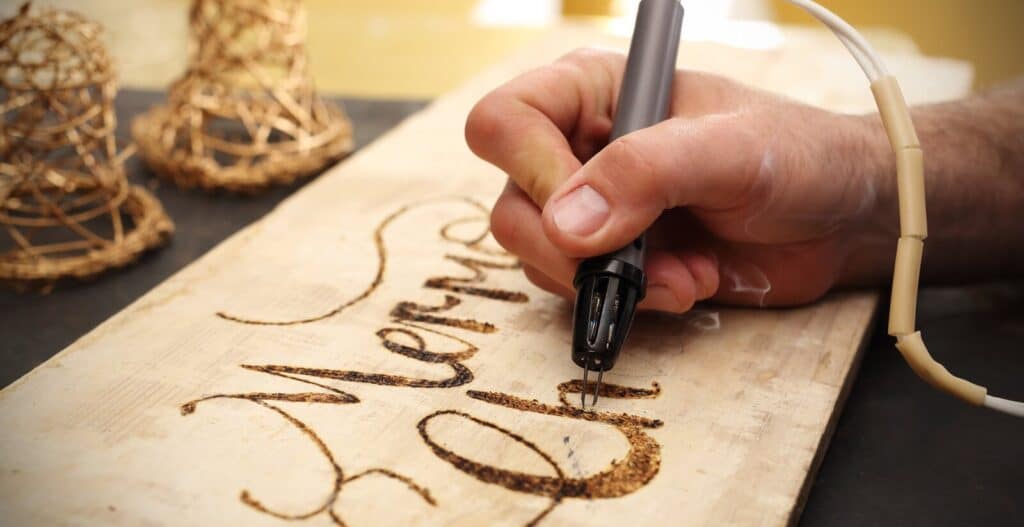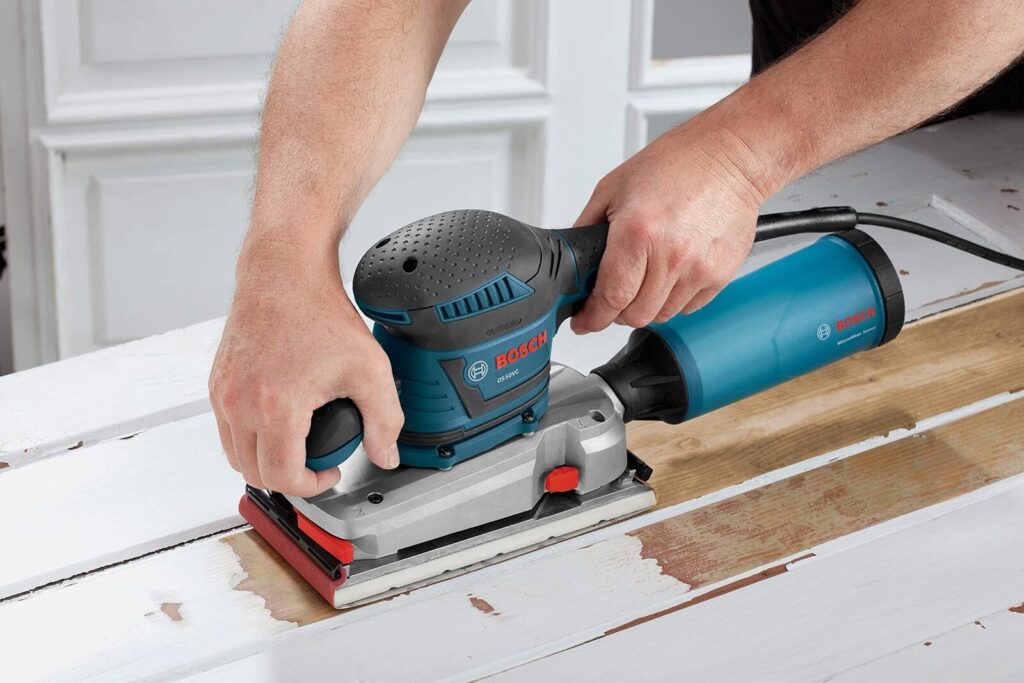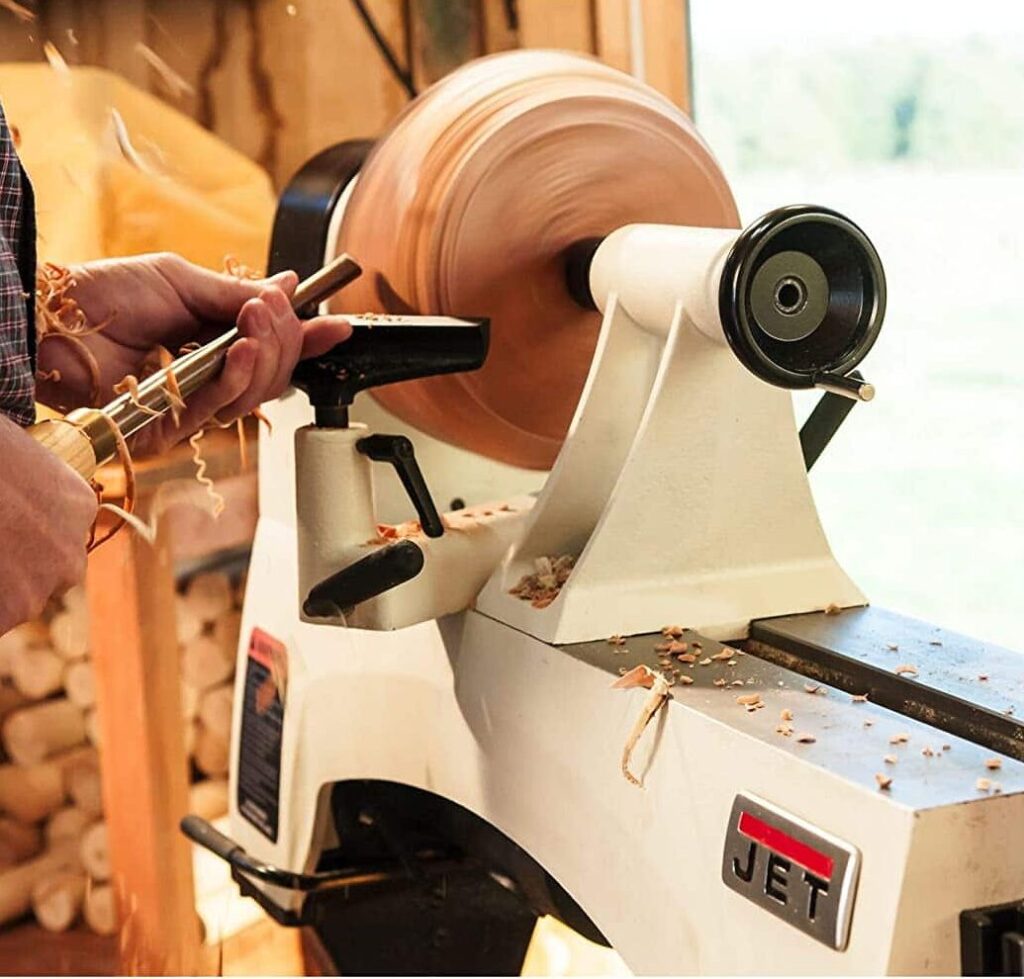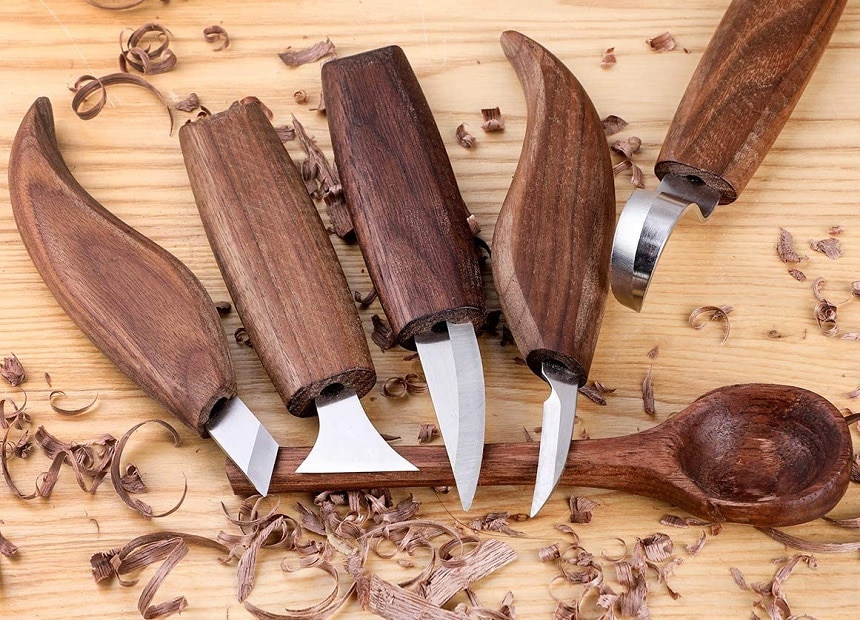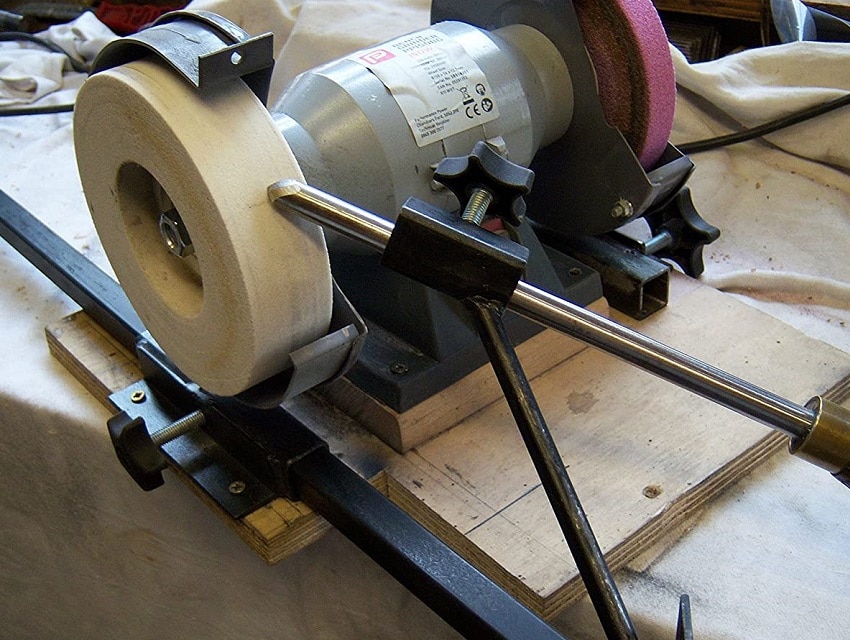

Miter saws are fantastic handy tools that save a lot of time and energy in cutting wood. Choosing a miter saw can be daunting as size and features affect its usability. The 10 vs. 12 Miter saw debacle is common among woodwork novices who need help figuring out what to get for their wood-cutting needs. The 10-inch miter saw is a better option if you are on a tight budget and want to make precise cuts. The 12-inch miter saw is ideal if you need to cut through hardwoods and thick materials.
The 12-inch miter saw is costlier than the 10-inch miter saw. This article looks at the similarities and differences between the two popular miter saws. You can way the differences and choose one that suits your needs better.
A miter saw can make crosscuts and miters on a workpiece when a blade is mounted and carefully positioned on a board. Originally, a miter saw was made of a back saw in a miter box. The modern miter saw is made of a powered circular saw that you can position at various angles. The IdeaShopWiki IdeaShopWiki Trusted Source Miter Saw A power miter saw, also known as a drop saw or chop saw, is a power tool used to make a quick, accurate crosscut in a workpiece at a selected angle. wiki.ideashop.iit.edu defines the modern miter saw as a tool used to make a quick, precise crosscut in a workpiece at a certain angle.
Miter saws are made for two primary functions; cutting wood trim and molding. However, you can use them to cut other materials like plastics and metal if you use the right blade type.
Miter saws come in different sizes, the most common being 7 ¼ inches, 10, and 12 inches. Each blade size has a different cutting capacity.
As mentioned earlier, miter saws are designed for making angled cuts for molding, rafters, trim work, and many other general carpentry applications. The saws make accurate crosscuts, and with the right blade, you can cut different materials, including plastic and metals.
The 10-inch miter saw is pretty popular, and it’s for all the right reasons. The saw cuts pieces up to 6 inches wide, typically most trim and molding boards. The Trim Carpentry Techniques Trusted Source Trim Carpentry Techniques Installing doors, windows, base, and crown books.google.co.ke book says trim is usually at most 4 inches. This means you get plenty of room to wiggle the 10-inch miter saw.
A 10-inch miter saw is affordable and is thus popular among woodworking beginners working on small projects. Their lower cutting capacity and performance are better suited for small woodworking projects. The saws normally use 10-inch miter blades, and since they have a lower radius, they give a high spinning.
The saw blades have 24 to 60 teeth, and you can find one with up to 100 teeth designed for fine surface cutting. The best thing about 10-inch miter saws is that they hardly wobble during cutting because their small radius makes them strong.
With a high RPM (Rate per minute), the cutting quality of a 10-inch miter saw is independent of the number of its blade’s teeth. A miter saw with a powerful motor will have a higher RPM which means a faster blade spin, a higher cutting efficiency, and a finer finish.
The highly acclaimed DEWALT miter saw and BOSCH CM10GD Compact Miter Saw are good examples of 10-inch miter saws. The latter is a dual bevel, and the former is a single bevel, and a 15 amp motor powers both.
The 12-inch miter saw is the ultimate tool for working with heavier wood and larger crown molding pieces. Although it is a more expensive and heavier option, the 12-inch miter saw can cut wider and thicker boards. It has a more powerful motor that can power through the largest boards.
Since they are designed to cut heavy material, 12-inch miter saws are more durable. Their durability justifies their premium price tags.
Other downsides of the 12-inch miter saws, besides the hefty price tags, are that they make less precise cuts and their smaller-selection blades are expensive and hard to find.
The best thing about a 12-inch miter saw is its versatility. You can use a 10-inch blade on a 12-inch miter saw, but you cannot use a 12-inch blade on a 10-inch miter saw.
Besides their sizes, the 10 and 12-inch miter saws have other differences, including;
12-inch miter saws have a more powerful motor because they are designed for heavy-duty tasks. Most 10-inch miter saws are powered by a 10 amp motor, and 12-inch miter saws are by 15 amp motors. The latter would breeze through a heavy-duty task and save you lots of time and labor.
The DEWALT 12-inch miter saw is a prime example of a single bevel 12-inch miter saw that is powered by a 15 amp motor. The popular BOSCH GCM12SD is a good example of a dual bevel 12-inch miter saw powered by a 15 amp motor. Both miters saws are perfect for thick cuts and can effortlessly cut through thick materials without needing maintenance or replacement soon.
10-inch miter saws are better suited for woodworking beginners because they are more affordable and require low maintenance. They are also a perfect option for traveling or using outdoors as they are small and lightweight. On the other hand, 12-inch miter saws are suitable for professional heavy-duty use. Plus, their heavy and bulky build makes them ideal for indoor use only.
Normally, the 10-inch single bevel miter saw can cut 2 by 6 inches dimensional lumber at 90 degrees and 2 by 4 inches dimensional lumber at 45 degrees. It can bevel cut between 0 and 48 degrees to the left or right. The 10-inch double bevel miter saw can cut up to 3 by 12 inches of a workpiece with a sliding miter saw head.
The single bevel 12-inch miter saw can cut 12 by 8-inch dimensional lumber at 90 degrees and 2 by 6 inches at 45 degrees. It can also cut between 0 and 48 degrees to the left or right. The double bevel miter saw can cut up to 3.5 by 12 inches at 0 miter angle and 3.5 by 5.5 inches at 45 degrees miter angle.
1- inch miter saws cannot take as much use as 12-inch saws. The reason why 10-inch blades are more readily available than 12-inch blades in stores is that they will always need replacement. You can push the limitations of the blade by cutting larger pieces with a little extra effort, but it will become dull, and you won’t get enough projects out of it before it needs maintenance.
12-inch miter saws are built for heavy-duty tasks, thus last longer before needing maintenance or replacement.
12-inch miter saws are the best for simple, consistent cuts. Since they are heavy and bulky, the saws are hard to carry around, leaving little room for human error, which often leads to a lot of lost material. As long as you set up your 12-inch miter saw correctly, you can always expect the same cut. 10-inch miter saws, on the other hand, will give you versatility and precise cuts.
10-inch miter saws are more popular than 12-inch miter saws. 10-inch blades are readily available at hardware stores and are way cheaper than 12-inch blades. A standard 10-inch blade will cost you $100 or less while a 12-inch blade would cost you twice or thrice as much depending on the brand.
With 10-inch blades, you can be sure of never bottlenecking your projects because you have to wait for a special blade order. You can always walk into the nearest store and pick a replacement from the large selection.
According to an article by the Innovation Hub, Trusted Source The 3 Big Tools You Need in Your Woodshop So, you finally did it. You bought a place that has room for your very own personal woodshop. Now what? arhub.org miter saws are among the most versatile tools you need in your woodshop. Miter saws are renowned for making a variety of cuts, and the rule of thumb is the smaller the blade, the more versatile it is. That said, 10 inch blades are more versatile than their 12 inch counterparts. With a little extra effort, you can use a 10 inch blade to cut large workpieces in different ways, but it would be impractical to use 12inch blades to cut small pieces.
10 inch miter saws are lighter and smaller in size than 12 inch miter saws, thus easier to transport and maneuver when making cuts. 10 inch miter saws will not take up much storage space as their 12 inch counterparts and you can use them in different locations if you wish.
The 10 and 12 inch miter saws are the most common miter saws preferred by woodworking beginners and professionals. There is no one-size fits all solution when it comes to miter saw sizes. You should choose a miter saw with your needs in mind. A 10 inch miter saw will give you precise cuts on thin wood while a 12 inch miter saw is better suited for deep cuts on thicker materials.
This 10 vs. 12 inch miter saw comparison guide clearly depicts the 10 inch miters saws as the perfect option for hobbyists and DIY woodworkers, and the 12 inch miter saws for professional use. The latter are more powerful with a higher cutting efficiency, thus can save you time and labor.
